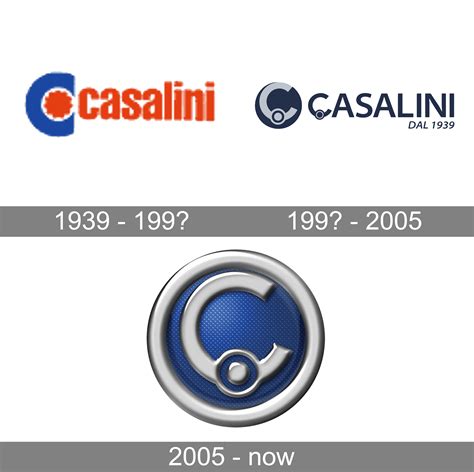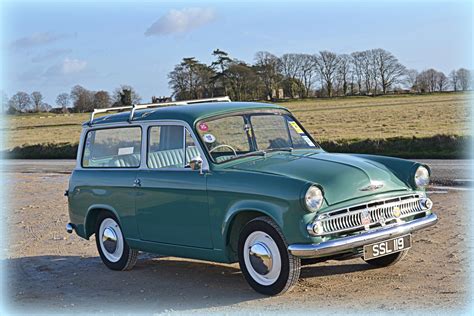Explore the history of Wanderer, from its early beginnings to its recovery and post-war success. Discover the impact of this innovative company.
The Beginnings of Wanderer
Contents
Wanderer Car Company had a humble beginning in the late 19th century, initially as a bicycle manufacturer. The company was founded in 1885 in Chemnitz, Germany, by Johann Baptist Winklhofer and Richard Adolf Jaenicke. With the rise of interest in automobiles, Wanderer shifted its focus to producing motor vehicles. By the early 20th century, Wanderer had established itself as a prominent player in the burgeoning automotive industry, producing a range of vehicles including motorcycles and passenger cars.
As the demand for automobiles grew, so did the Wanderer Car Company’s reputation for quality and innovation. The company quickly gained a reputation for producing reliable and well-engineered vehicles, setting the stage for its future success. By the outbreak of World War I, Wanderer had solidified its position as a respected automobile manufacturer, poised for continued growth and expansion.
Despite the challenges brought on by World War I, Wanderer persevered and continued to produce vehicles for both military and civilian use. The war years were a time of innovation and resourcefulness for the company, as it adapted to the demands of wartime production. This period laid the foundation for Wanderer’s resilience and adaptability, qualities that would serve the company well in the years to come.
Following the end of World War I, Wanderer faced the daunting task of rebuilding and recovering from the devastation of the war. However, the company’s commitment to innovation and quality allowed it to emerge from the post-war period stronger than ever. With an expanded product line and a growing international presence, Wanderer quickly regained its position as a leading automotive manufacturer.
Expansion and Innovation
“`html
The Expansion and Innovation phase in the history of the Wanderer car company marked a significant period of growth and development. During this time, the company made strategic moves to expand its market reach and introduce innovative new models to the automotive industry.
One of the key factors that contributed to the expansion of Wanderer was its focus on international markets. The company sought to establish a global presence by exporting its vehicles to various countries, thereby increasing its customer base and brand recognition on a global scale.
In addition to geographical expansion, Wanderer also placed a strong emphasis on innovation. The company constantly pushed the boundaries of automotive technology by introducing advanced features and engineering solutions in its vehicles. This commitment to innovation not only set Wanderer apart from its competitors, but also solidified its position as a leader in the industry.
Moreover, the Expansion and Innovation phase saw Wanderer venturing into new product lines and diversifying its offerings. The company introduced a range of models that catered to different market segments, attracting a wider and more diverse customer base.
Overall, the Expansion and Innovation phase was a crucial period in the history of Wanderer, as it laid the foundation for the company’s future success and influence in the automotive industry.
“`
Challenges during World War I
During World War I, the Wanderer Car Company faced numerous challenges that threatened its operations and growth. The company, like many others, had to contend with scarcity of resources, manpower, and raw materials due to the demands of the war effort. This meant that production was significantly hampered, leading to a decline in output and sales.
Furthermore, the economic instability caused by the war affected the purchasing power of consumers, resulting in reduced demand for automobiles. This posed a major challenge for Wanderer as it struggled to sustain itself in the midst of a shrinking market.
Another significant challenge was the disruption of international trade routes and supply chains, making it difficult for the company to import and export its vehicles and components. This impacted the company’s ability to access key components and technologies, further hindering its production capabilities.
Additionally, the war brought about a shift in priorities, with many industries, including the automotive sector, redirecting their efforts and resources towards supporting the war. This meant that Wanderer had to adapt to the changing landscape and find ways to contribute to the war effort while safeguarding its own survival.
Despite these immense challenges, the company managed to navigate through this tumultuous period, demonstrating resilience and adaptability in the face of adversity.
Recovery and Post-War Success
After facing significant challenges during World War I, Wanderer Car Company began the process of recovery and rebuilding. The company had to adjust to the economic and social upheaval caused by the war, but it ultimately emerged as a stronger and more resilient entity.
One of the key strategies that Wanderer employed during this recovery period was a focus on innovation and diversification. The company expanded its product line to include a wider range of vehicles, catering to different consumer needs and preferences. This proved to be a successful move, as it allowed Wanderer to tap into new markets and attract a larger customer base.
Moreover, the post-war period saw the growth and expansion of Wanderer’s production facilities. The company invested in modernizing its manufacturing processes and incorporating the latest technological advancements. This helped improve the quality and efficiency of its vehicles, making them more competitive in the market.
As a result of these efforts, Wanderer experienced a period of prosperity and success in the years following the war. The company regained its position as a leading automobile manufacturer and solidified its reputation for producing high-quality, reliable vehicles.
Wanderer’s Legacy and Impact
Wanderer Car Company has left a lasting legacy and impactful influence on the automotive industry. As one of the pioneering automobile manufacturers in Germany, Wanderer set a high standard for innovation and quality that continues to influence carmakers today. The legacy of Wanderer is seen in the way they revolutionized car design, production, and marketing, which has had a profound impact on the modern automobile industry.
One of the key legacies left by Wanderer is their commitment to quality and innovation. The company’s dedication to engineering excellence and innovative design set them apart from their competitors. Their legacy can be seen in the way modern car manufacturers continue to prioritize quality and innovation in their products, as Wanderer did in their time.
Furthermore, Wanderer’s impact on the automotive industry extends to their contributions to motor racing. The company’s involvement in racing not only brought them success on the track but also helped to improve and advance automobile technology. Their legacy is evident in the continued importance of motor racing as a platform for testing and improving new automotive technologies.
The impact of Wanderer is also felt in the way they inspired future generations of car enthusiasts and engineers. Their commitment to pushing the boundaries of automotive design and performance continues to serve as an inspiration for those in the industry today.
In conclusion, the legacy and impact of Wanderer Car Company on the automotive industry are undeniable. Their commitment to innovation, quality, and racing has left a lasting impression that continues to influence the way cars are designed, produced, and marketed today.













